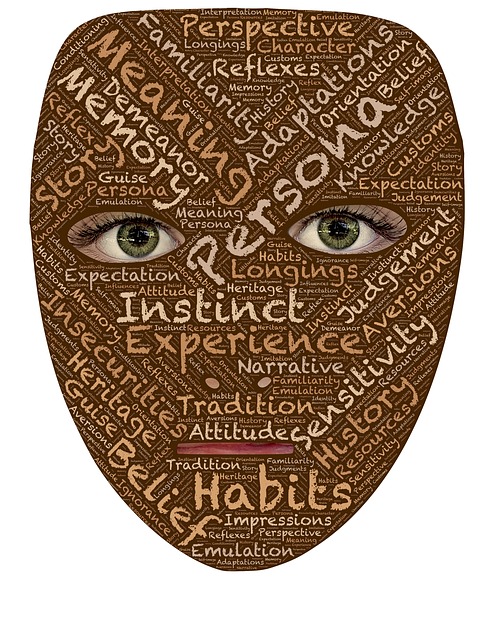Legendary singer-songwriter Joni Mitchell has been an inspiration to millions of people and particularly those who suffer from chronic illness or experience long-term disability. You only have to look at comments on YouTube about her Blue Album to see how Joni has impacted the lives of so many people – people suffering from loss, grief, pain and stress and recalling the joyful moments and the feelings of hope when they heard her sing. She has the ability to positively touch the lives of people of all ages, as evidenced by her triumphant performance of Both Sides Now at the 2024 Grammy Awards. The recognition of her stellar career was reflected in her 10th Grammy Award that night and her earlier (2002) Recording Academy’s Lifetime Achievement Award.
Joni’s health challenges and courage
The story of Joni’s health challenges and her positive approach to overcoming them is a source of inspiration in itself. She had to learn to walk again after being diagnosed with polio in 1952 when she was 9 years old. She suffered the painful and crippling effects of polio for 40 years, initially overcoming the disease in 1995, only to then experience “post-polio syndrome”. If Joni had accepted the mantra of many medical practitioners about aging, she could have taken their advice “to lie down and die”, accepting one of the myths of aging. Instead, she chose to seek alternative medicine options and to fight on.
On a number of occasions, Joni spoke about her experience of Morgellons disease which she described in 2010 as a “weird, incurable disease”. The Mayo Clinic describes the disease as creating “a belief that parasites or fibers are emerging from the skin” and involving an “intense itching and sores”. The Centre for Disease Control and Prevention in their 2012 report stated that the “skin lesions and/or disturbing skin sensations” along with “multi-system complaints” can result in a “significantly reduced health-related quality of life”. Health problems reported by respondents to the research included chronic fatigue, overall poor health and cognitive deficits.
Joni herself reported in 2014 that her immune system was severely taxed by the Morgellons disease which restricted her ability to fly and made touring impossible. Her response to this debilitating disease was to say that she was not regretful about her condition but was enjoying the creative process away from singing – “painting, revisiting her music, prepping a four-act ballet or an upcoming collection of stories”. This clearly reflects her indomitable spirit and her ability to focus on what she did have, not what she had lost.
Her resilience was again severely tested in 2015 when she suffered a brain aneurysm. In an interview with Cameron Crowe in 2020, Joni stated that the aneurysm took more away from her than her polio – it “took away my speech and my ability to walk”. Her ability to talk returned relatively quickly, but even at the time of this interview she still struggled to walk. Doctors had advised her that she would “never walk again” but she stated categorically that she would walk again. She indicated at the time, “I’m a fighter” (with Irish blood) and told herself, “Here I go again, another battle”.
The aneurysm appeared to rob Joni of her singing voice, but in 2018 when some musical friends, including Elton John, turned up at her house for what had been famously called a “Joni Jam”, everyone was surprised and delighted when Joni joined in the singing with her “warm and familiar voice”. Joni indicated that she was moved by the spirit of the group and stated that “I forgave myself for my lack of talent” (having “lost her soprano voice” and only being able to sing “a low alto”).
Joni continued her fight against her chronic illnesses and, in 2023, made a triumphant return to concert singing in a three-hour Joni Jam organised by American singer-songwriter Brandi Carlile and involving friends such as Annie Lennox and Sarah McLachlan. Joni’s life journey can be revisited through BBC Radio 4 Legend’s Podcast – seven episodes of the Joni Mitchell story. Her journey into singing and songwriting can be reviewed through the Joni Jams Podcast which “goes album by album through Joni Mitchell’s entire discography”.
Reflection
During the most recent Creative Meetup, participants engaged in healing storytelling (in writing and orally) partly stimulated by Joni Mitchell’s song, Both Sides Now. Joni’s emphasis on “I really don’t know clouds [music, love, life] at all” resonated with participants who shared their experiences of unintentional exclusion by others.
For some, the metaphors that we commonly used can exclude others whose experience differs, e.g., for people who are extremely “light sensitive”, metaphors such as “silver lining” or “let the bright side in” can contribute to their sense of isolation and exclusion. For people who experience food sensitivity or allergies, metaphors such as “sweet as a mango” can be alienating. For others, established traditions or practices such as enforced prayers as a child or Australia Day Celebrations can trigger memories of terror and/or loss. As one participant noted, “Unless you are in my shoes, you don’t really know”.
The Creative Meetup hosted by the Health Story Collaborative provided ample evidence of the healing power of storytelling and the energy and insight generated by compassionate listening. Jennifer Harris, the facilitator of the Meetup session on Zoom, introduced Emily Dickinson’s poem, “Hope” is the thing with feathers, and this led to a participant’s comment that “hope emerges from dark places” – sometimes, when there appears to be “no hope”. As all participants in the HSC Meetup are people who are living with illness or disability or are carers, they were able to draw comfort, support and inspiration from Joni Mitchell’s struggle with ill-health.
My reflection on our Meetup is captured in the following Compassionate Listening poem that I wrote after our meeting:
Compassionate Listening
What you see is not what I see.
What you hear is not what I hear.
Your world is not my world.
Your feelings are your own.
I can’t know your reality.
I can only listen with compassion
… and openness to what is different for you.
I can learn to adopt a “don’t know” mindset.
As we grow in mindfulness through compassionate listening, reflection and sharing our story, we can deepen our self-awareness, cultivate openness and build resilience.
____________________________________________
By Ron Passfield – Copyright (Creative Commons license, Attribution–Non Commercial–No Derivatives)
Disclosure: If you purchase a product through this site, I may earn a commission which will help to pay for the site and the resources to support the blog.


